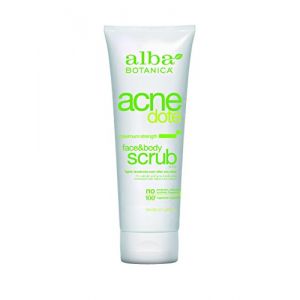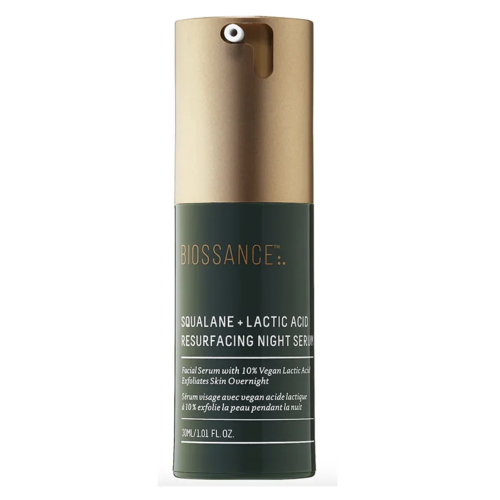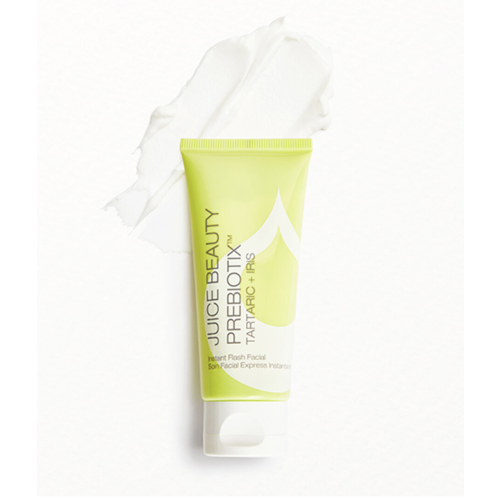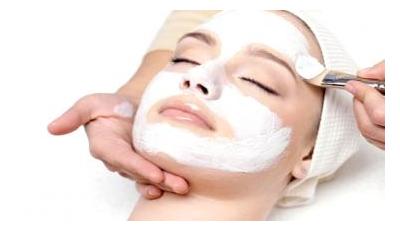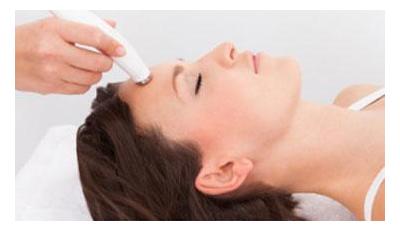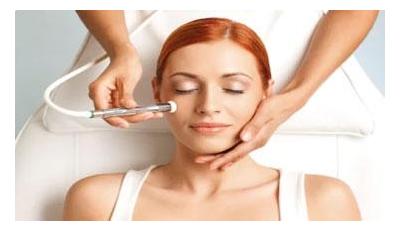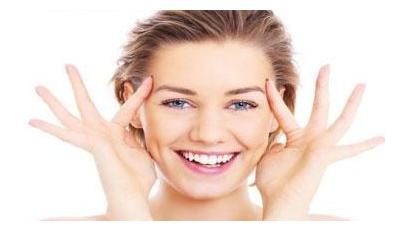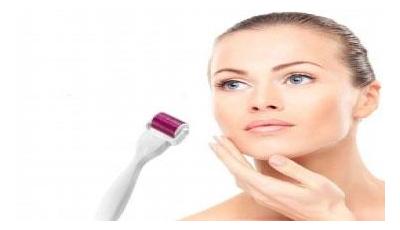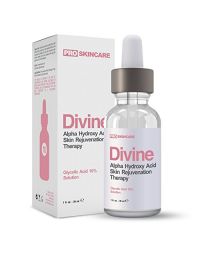A chemical peel is a process in which skin cells are removed from the face by using different types of acids as a chemical exfoliate. Even though most of the following chemical peels are of light and medium acidic potency, the effect should leave the skin revitalized and glowing. Continuous use is known to help prevent acne, diminish wrinkles and produce many other skin-enhancing benefits.

Glycolic Acid (light-medium peel) (wrinkles, sun damage, skin brightening)
Most common of the alpha hydroxy acid (AHA) products. Originally derived from sugar cane although now often created synthetically. Glycolic Acid exfoliates the skin removing dead cells and brightening the surface of the face. Best used for skin discoloration, sun spots, age spots, fine lines and acne. When buying products, pH should be between 3 & 4. The skin should tingle when the product is applied. If you feel nothing, then nothing is happening. [4]

Salicylic Acid (light-medium peel) (acne, oily skin)
Salicylic acid is a type of beta-hydroxy acid (BHA) derived from willow bark. It a natural anti-inflammatory that also acts as a deep exfoliate of the oil glands that allows for treatment of oily skin, scalp and acne. Salicylic acid is available in a number of commercial skincare products. However, you can make your own DIY salicylic acid peel using common ingredients found in your home.

Lactic Acid (light peel) (skin brightening, sensitive skin, rosacea)
The least irritating of all alpha hydroxy acids (AHAs) making it ideal for sensitive skin. Found naturally in human skin and milk and naturally moisturizes the skin. Used to treat pigmentation, dry dehydrated skin and rosacea.
Homemade Lactic Acid Peel. [4]
Recommended: A clean beauty brand with lactic acid Biossance Squalane + Lactic Acid

Fruit Enzymes (light peel) (anti-bacterial, cell renewal, oily skin)
Another alpha hydroxy acid (AHA) acts as an exfoliator, as well as an anti-bacterial and promotes cell renewal. It is derived from fruits such as pineapple, papaya, pumpkin and cranberry. AHA is used to treat acne, rosacea, dehydrated skin, hyperactive skin andis good for sensitive skin.
Learn how to make Homemade Fruit Enzymes.
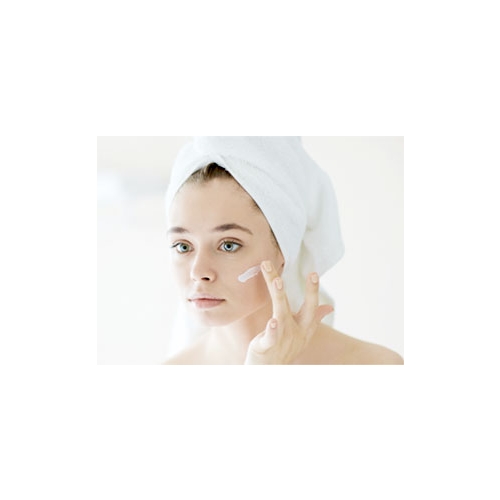

Malic Acid
Malic acid is one of the weakest alpha hydroxy acids (AHAs) derived from apples and pears. It is used to treat acne, photodamaged skin, rosacea, superficial pigmentation, and eczema.
Recommended: A clean beauty skincare brand with malic acid, Juice Beauty, especially the Green Apple Peel.

Tartaric Acid (light peel) (eczema, rosacea, acne, pigmentation)
A weak alpha hydroxy acid (AHA) that is derived from grapes. Just like citric and malic acid, tartaric acid is also used to treat acne, photodamaged skin, rosacea, superficial pigmentation and eczema.
Recommended: Clean beauty brand Juice Beauty Prebiotix with Tartaric Acid

Trichloroacetic Acid (TCA)
This synthetic acid is also known as Trichloroacetic Acid. At high concentrations TCA can penetrate deep into the skin causing the skin to tighten and help diminish fine lines, wrinkles, acne scars, large pores and hyperpigmentation.
Other uses include tattoo removal and the treatments of warts. TCA acid products are recommended to use under the guidance of a dermatologist.
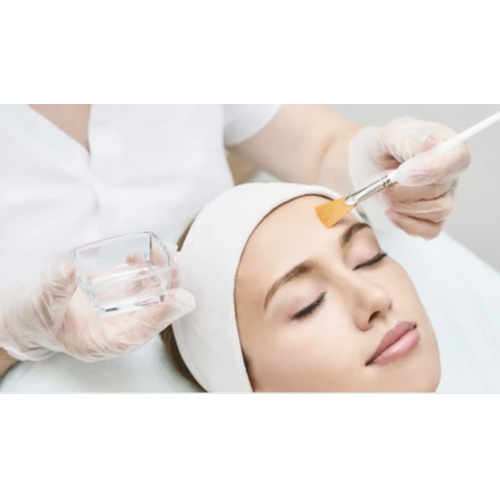

Carbolic Acid (deep peel) (deep lines & wrinkles, scarring, severe sun damage)
Also known as Phenol, which was first extracted from coal tar. Today it is derived from petroleum and used in many industrial products such as epoxies, herbicides, detergents and numerous pharmaceutical drugs. Carbolic Acid contains the highest acidic level of all the chemical peels and should only be applied by an experienced dermatologist or plastic surgeon. Due to its level of potency, it’s used to treat deep lines, dense wrinkles, severe scarring and severe sun damage.
Be prepared to need months to recover from redness, swelling, scabbing, peeling, itchiness and hyperpigmentation of white patches of skin. The procedure is painful and will feel as though it’s sunburnt for weeks afterwards. The risks after a Carbolic Acid peel permanent scarring and hyperpigmentation of bleached looking skin. However, results have been shown to be long lasting and dramatically changing.

[1] Samuel M, Brooke R, Hollis S, Griffiths CE. WITHDRAWN: Interventions for photodamaged skin. Cochrane Database Syst Rev. 2015 Jun 2;6:CD001782. doi: 10.1002/14651858.CD001782.pub3. PubMed PMID: 26035235.
-
Acne Scar Removal
By Dr. KarenDecember 28, 2021 -
Microneedling For Acne Scars
By Dr. KarenDecember 28, 2021 -
Microdermabrasion Benefits
By Dr. KarenJanuary 4, 2022 -
Radio Frequency - Skin Tightening
By Dr. KarenDecember 26, 2021 -
Microneedling Cost And Benefits
By Dr. AnnaDecember 17, 2021
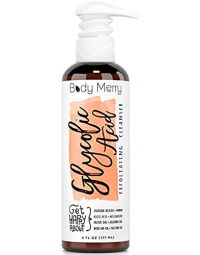

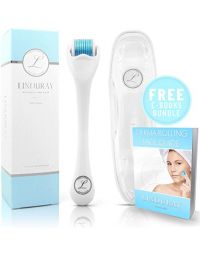
Search the blog
Article Categories
- All Articles (95)
- Rating Charts (1)
- Beauty & Skincare (17)
- FAQ (0)
- Hair Care (9)
- Health & Wellness (12)
- Anti-Aging (4)
- Kid's Health (0)
- Makeup (2)
- Men's Health (2)
- Oral Care (3)
- Sunscreen (7)
- Skin Tools & Treatments (10)
- Supplements (26)
- Videos (0)



